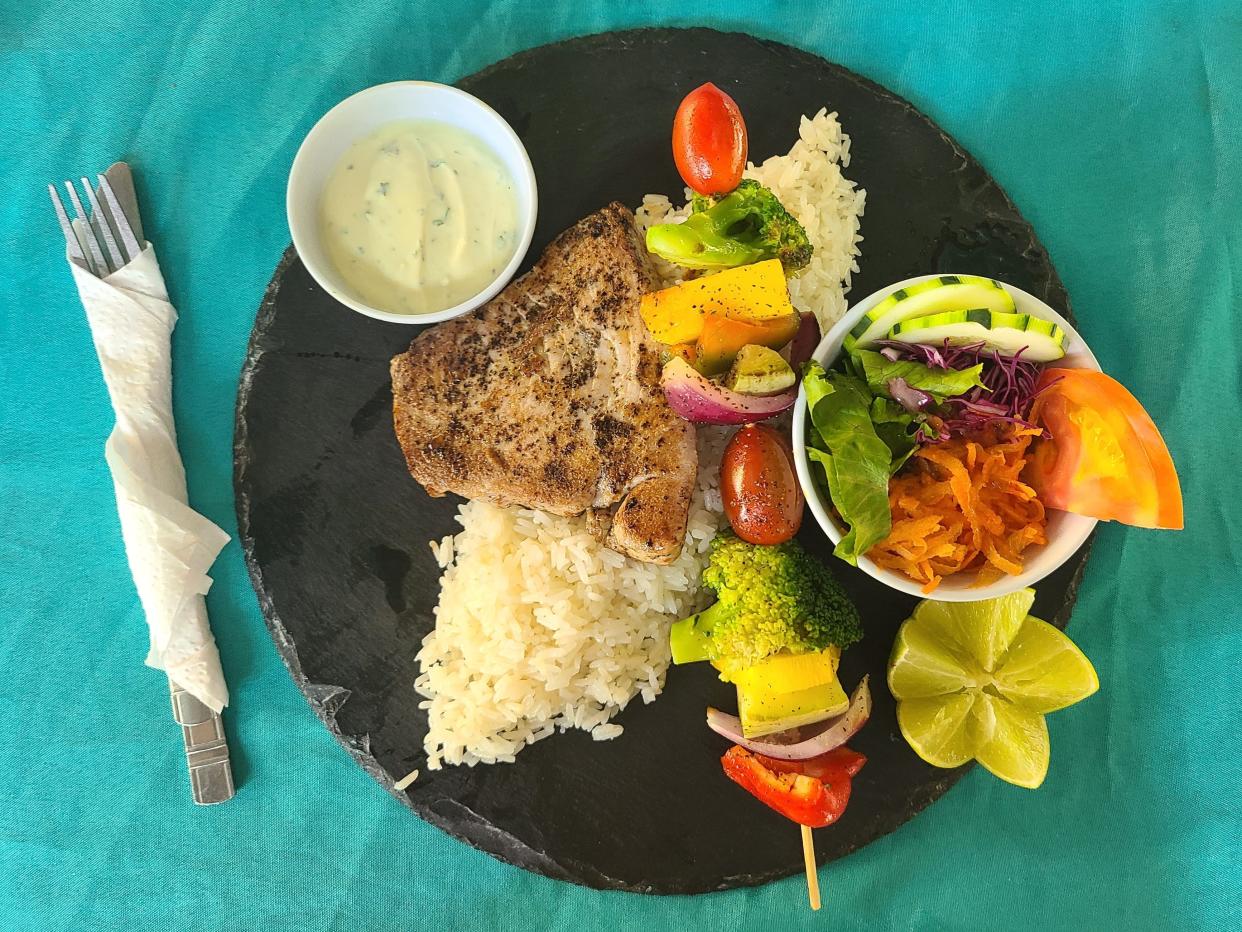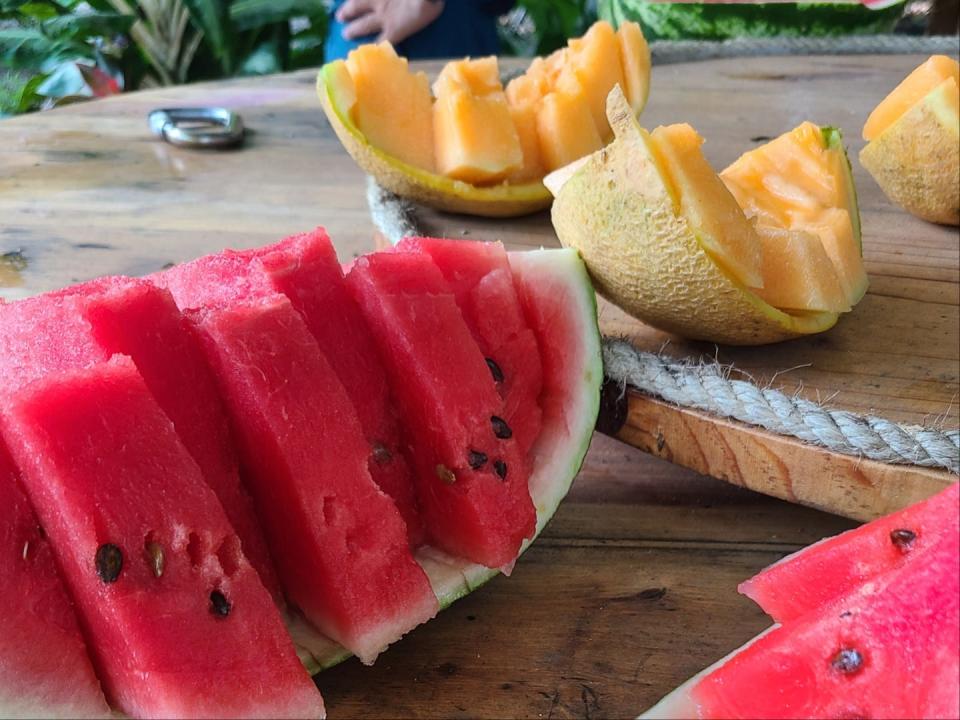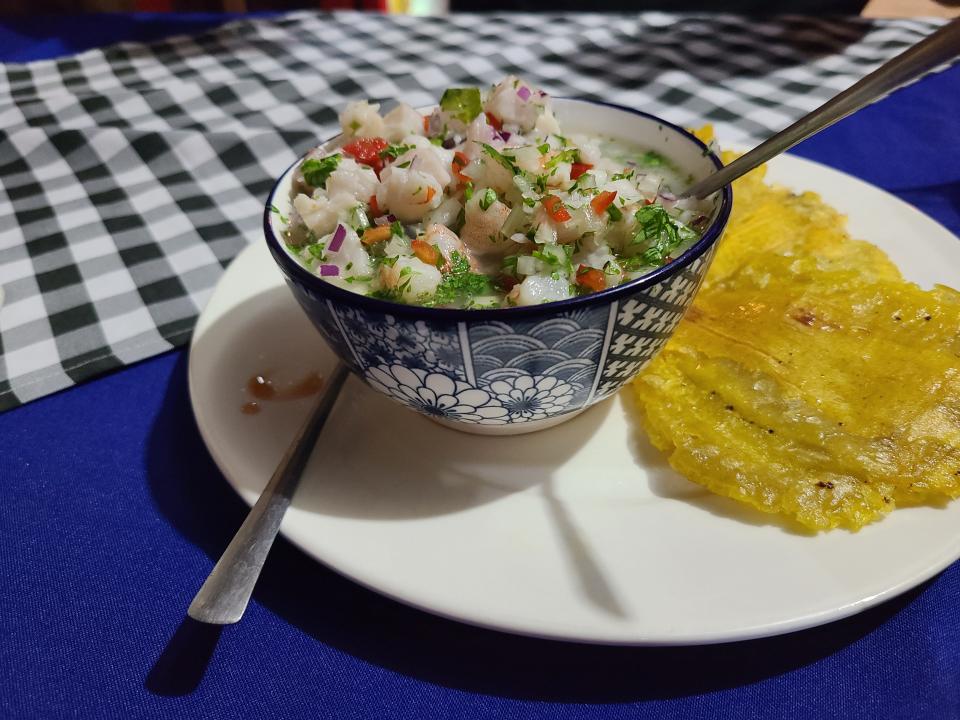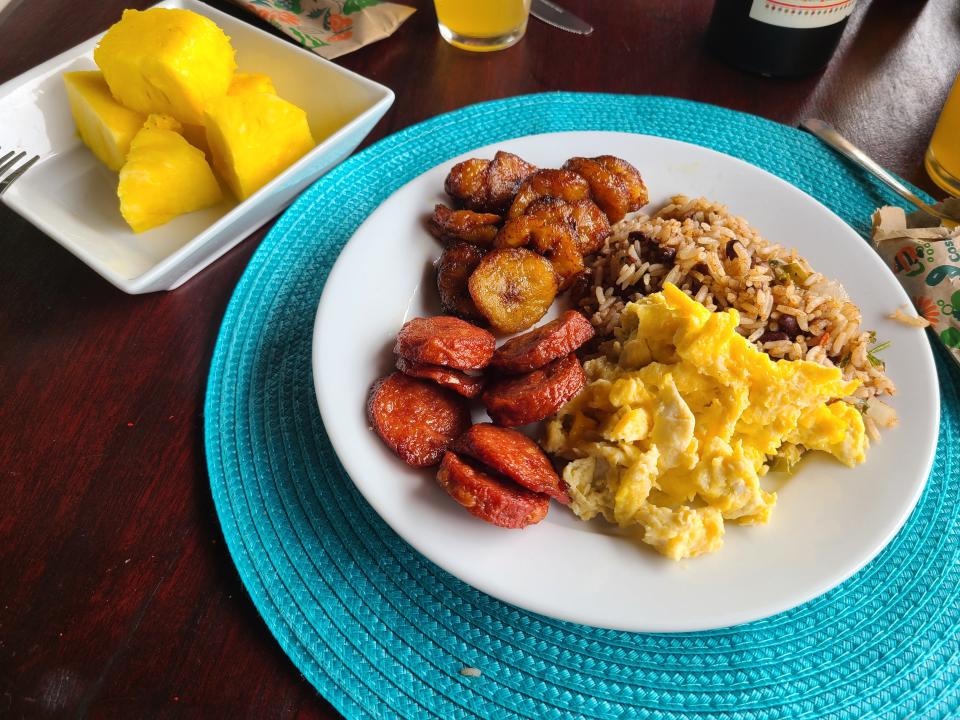3 easy ways to bring the Blue Zone diet home from Costa Rica's Nicoya Peninsula

Costa Rica's Nicoya Peninsula is one of the world's blue zones, where residents live longer.
I tried the Costa Rican diet for about two weeks and saw big differences to meals in the US.
Here are three ways to bring elements of the Blue Zone diet back home.
Last month, as I explored Costa Rica's Pacific coast, I took particular care to visit the Blue Zone of the Nicoya Penninsula.
I'd heard the residents there live longer, healthier lives than the global average, and I wanted to find out what made that little stretch of the Central American coast so special.
Part of the key is the gorgeous weather, where temperatures rarely fall below 70°F year-round, strong social connections to the local community, and plenty of daily movement — though not much vigorous exercise. But there are also clear differences in the local diet here compared to both elsewhere in the country and around the world.
Here are three ways I've brought elements of the Costa Rican Blue Zone diet back home.
Eat more fruit
Fruit is abundant in Central America, with fresh produce including watermelon, cantaloupe, pineapple, and mango served at nearly every meal.
It's also a common mid-morning or afternoon snack to quickly boost energy levels and refresh yourself in the jungle heat.

Fresh smoothies are also common throughout the country and make it easy to feel full without a heavy meal weighing you down.
I already try to keep a bowl of cut fruit in the fridge for easy enjoyment, but my travels in Costa Rica reminded me to go beyond my staples of berries and bananas. While I can't get the same quality pineapple, even in sunny southern California, having some regularly can bring a little pura vida back home.
Prioritize fish and chicken for protein
During nearly two weeks of traversing the country, we had to intentionally seek out red meat if we wanted it.
In Costa Rica, locals prioritize fresh fish and chicken if they have a meal with protein — and, often, protein isn't the star of the dish.

Nearly every sit-down restaurant or small open-air cafe (called a soda) we visited offered fresh ceviche served with smashed, lightly fried plantains called patacones. Other mains often included whole roasted fish or shredded, marinated chicken with rice and beans.
It makes sense why lean meats would be a staple of longevity-focused diets. Numerous studies have linked red meat with earlier deaths and several types of cancer — especially colon cancer.
Allow simple, balanced ingredients to shine
A typical Costa Rican breakfast includes a traditional dish of rice and beans called gallo pinto, fresh fruit, and simple proteins like eggs or, occasionally, pork or chicken sausage, or shredded chicken.
For lunch, ceviche with patacones or a grab-and-go chicken and vegetable empanada would be common.
Dinners, such as roasted fish and basic salads with rice, are simple and light but fulfilling.

The thing they all have in common? A focus on simple, balanced meals made of lean proteins and fresh produce. It's old wisdom, but there's a reason this advice has stood the test of time.
In Costa Rica, fad diets — from carnivore to intermittent fasting — don't have the same pull as in the US. The tried-and-true formula of whole foods is part of why people in the Nicoya region live so long, and it became tried-and-true for a reason.
Read the original article on Business Insider

